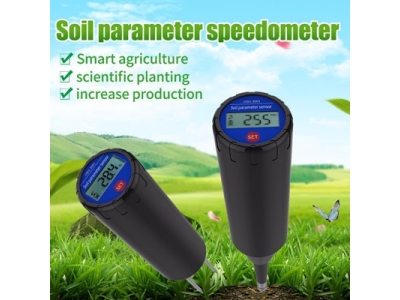Water pollution caused by excessive levels of ammonia nitrogen poses significant risks to aquatic ecosystems, human health, and the environment. Monitoring ammonia nitrogen levels in water bodies is crucial for effective pollution control and environmental management. One of the key tools used for this purpose is a water ammonia nitrogen sensor. In this article, we will explore what water ammonia nitrogen sensors are, how they work, their applications, and their significance in water quality monitoring.

Section 1: Understanding Ammonia Nitrogen
Define ammonia nitrogen and its sources
Discuss the harmful effects of high ammonia nitrogen levels in water
Explain the regulations and guidelines in place to control ammonia nitrogen pollution
Section 2: Introduction to Water Ammonia Nitrogen Sensors
Define a water ammonia nitrogen sensor
Explain the basic components of a sensor system
Discuss the types of water ammonia nitrogen sensors available
Section 3: Working Principle of Water Ammonia Nitrogen Sensors
Explain the measurement principle behind water ammonia nitrogen sensors
Discuss different detection methods employed by these sensors (e.g., colorimetric, electrochemical, spectrophotometric)
Describe the calibration process and accuracy of the sensors
Section 4: Applications of Water Ammonia Nitrogen Sensors
Discuss the importance of water ammonia nitrogen sensors in environmental monitoring
Explain how these sensors are used in wastewater treatment plants to ensure compliance with regulations
Highlight the role of water ammonia nitrogen sensors in industrial processes and agriculture to prevent contamination
Section 5: Advantages and Limitations of Water Ammonia Nitrogen Sensors
Discuss the benefits of using water ammonia nitrogen sensors over traditional laboratory methods
Explain the real-time monitoring capabilities of these sensors
Address any limitations or challenges associated with their use (e.g., sensor drift, interference from other substances)
Section 6: Case Studies and Success Stories
Provide examples of successful implementation of water ammonia nitrogen sensors in different settings (e.g., rivers, lakes, aquaculture farms)
Highlight the positive impact of using these sensors in pollution control and ecosystem preservation
Section 7: Future Trends and Developments
Discuss emerging technologies and advancements in water ammonia nitrogen sensor technology
Address ongoing research and development efforts to improve sensor performance and reliability
Section 8: Conclusion
Summarize the key points discussed in the article
Highlight the significance of water ammonia nitrogen sensors in water quality monitoring and pollution control
Emphasize the need for continued research and implementation of these sensors for sustainable water resource management
Please note that the actual word count of the article may vary depending on the level of detail provided in each section.





